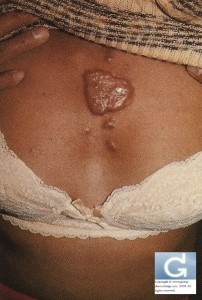Atopic Dermatitis: a Short Summary
Lasers Used to Treat them (For Professionals)
Type of Scar and Corresponding treatment:
- Atrophic Scars ( en pic à glace(Icepick), rolling and boxcar scars):
- ablative laser (CO2 laser 10600nm, Erbium YAG 2940nm): most effective, but carries the highest risk of scarring and dyschromia. Not effective for treating sebaceous hyperplasia.
- fractional laser (Fractional Co2 and Erbium): special nomenclature=MTZ (Microthermal Zone) and MENDS (Microscopic Epidermal Necrotic Debris)
- non ablative laser: visible or non visible light. Visible light 585nm, 595nm has fallen out of favour. 1064nm and 1320nm Nd:YAG, diode (1450nm) and Erbium.Glass (1540nm) are the most effective. These lasers are less invasive, and the reduced effectiveness also means that the risks of complications (scarring and dyschromia) are reduced.
- Protuberant Scars (papular, hypertrophic, “keloidal”)
- CO2 laser (10600nm)
- Flat (Macular) Scars (macular, macular hyperpigmented and “bridges & tunnels”)
- macular scars: vascular non ablative laser (purpose: to treat the red colour)
- macular hyperpigmented scars: pigment laser
- PS: No treatment is proposed for the lesions with “quotation marks”
Contributors:
Dr Christophe HSU – dermatologist. Geneva, Switzerland
Source: CHEONG Lai Leng. Shedding Light on Laser Therapies for Scars – How well do they work ?
Related posts


